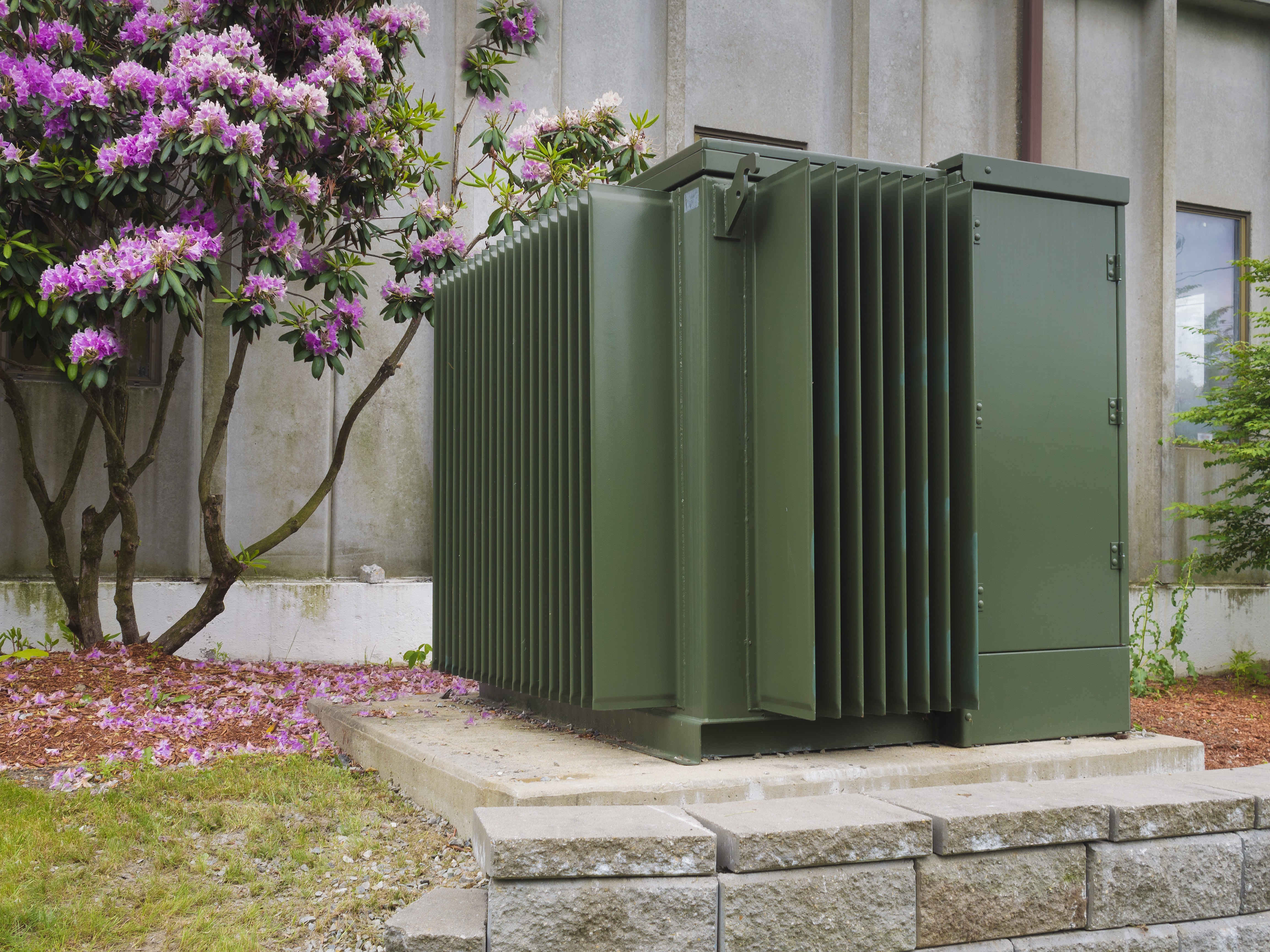Industrial power transformers are used across a wide range of industries to step-up or step-down the current and voltage levels in a circuit while maintaining the overall power. In power transmission, transformers are employed to increase, or step-up, the voltage of the power supply so that the energy can be transmitted across distances with relatively low loss. The voltage is then decreased, or stepped down, before distribution. Power transformers, usually rated above 200 MVA, are used extensively in power transmission and distribution applications of utility networks.
No power system can function effectively without power transformers. Their prevalence continues to rise with time. The power transformer market accounted for over $23 billion in 2015 and is expected to grow with a compounded annual growth rate of over 7%.
When choosing a new, upgraded power transformer for your specific application, a range of factors must be taken into account.
Understanding Industrial Power Transformers
Industrial power transformers are used to alter the voltage of electricity while keeping the electrical power unchanged. In addition to varying the voltage, power transformers are often used to provide a degree of isolation between two parts of a circuit. Given their diverse applications, there are a number of different types of power transformers available on the market.
For example, isolation transformers are often employed in medical equipment to provide electrical isolation between two circuit paths, thereby improving user safety. Toroidal transformers, meanwhile, are often used for highly precise applications, such as in audio systems. These transformers are also frequently utilized in power systems, in which the transformers operate at peak load for most of their operating life.
Key Characteristics of Power Transformers
Industrial power transformers typically operate throughout the day close to their peak rated load. This means that the core of the transformer is constantly energized. An important design consideration, therefore, involves minimizing core loss. Core losses are the result of the magnetic properties of the material used to construct the transformer core and are typically characterized as either hysteresis losses or Eddy current losses, which are independent of load current.
Typically, industrial power transformers are larger than other conventional transformers, but the ideal type for a particular application will depend on a number of factors. For example, a power transformer operating in corrosive environments, such as LNG plants, should be finished with an appropriate corrosion-resistant coating. Transformers may also perform additional functions, such as powering lights in remote locations as on oil rigs and therefore may require added environmental protection.
Transformers may be cooled using a liquid coolant (wet), or a gaseous coolant (dry); the ideal choice will depend on the specific application at hand. Similarly, the level of temperature, radiation, and pressure resistance needed should all be carefully considered during the design process. Additional accessories, such as level gauges and pressure relief devices, may need to be included in some configurations.
Finally, it is essential that power transformers adhere to the specific environmental and safety regulations prescribed for the location of use.
Choosing the Right Power Transformer
The power transformer industry constitutes a huge market, which continues to grow as electrical power reaches more and more developing countries. Playing an integral role in power systems, transformers are also often used for electrical isolation and precision control.
Because both industrial and commercial transformers usually represent a significant capital investment, it’s essential that adequate care is taken in selecting the appropriate model — as well as any related equipment — for the specific application at hand.

